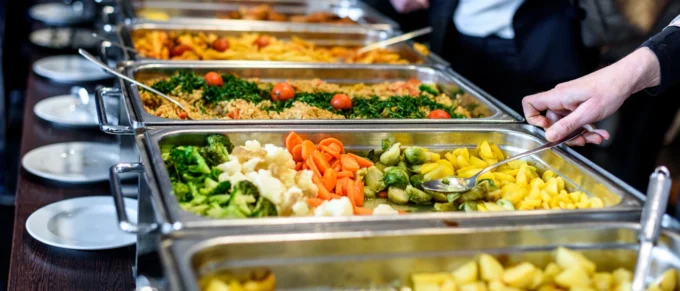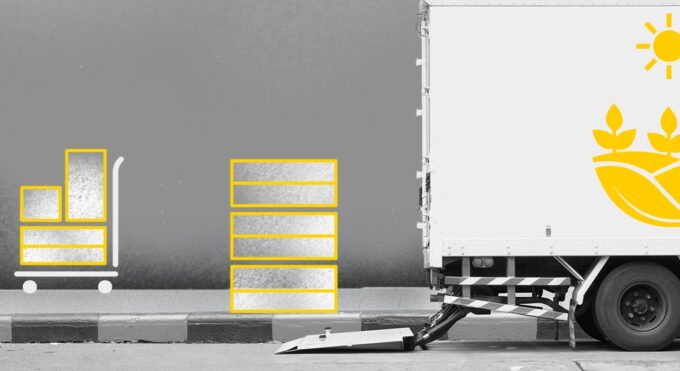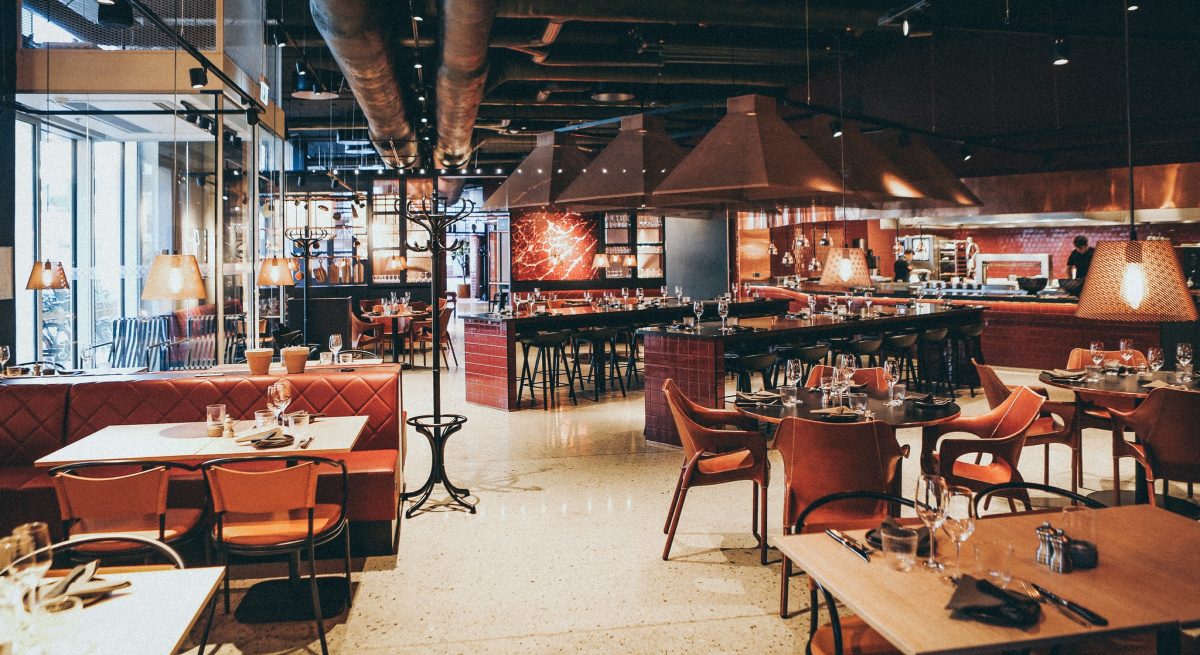A restaurant is a serious business, although it seems that all you have to do is feed your customers. But if you want to be serious about this business, you must know that things are not as simple as they seem.
First of all, you need to have a proper business plan. Research the market around you to see if there is a need for something specific. Offer something different and better than what is already out there. But to do that, you need to consider options for supplying the necessary food for cooking, as well as equipment, cutlery, and cookware.
As you suppose, supply chain management is something you need to take care of from the first moment you start the restaurant. It’s maybe the most important part of offering quality service and making a difference. You have to take these things seriously, so you won’t be considered another average restaurant with no plan on how to go on with the business.
You need to buy raw and fresh ingredients, but also to adjust the conditions so you can keep the weekly supplies in the kitchen. Another important aspect is the inventory, like tables, chairs, and the interior design of the restaurant.
Every idea comes with additional expenses, so you really need great supply chain management to work these things out.
And it’s not just the food and raw ingredients. You need to invest in restaurant equipment, storage supplies, kitchen supplies, packages, containers, plates, bowls, and cutlery. It’s a whole business with so many aspects, so make sure you visit here, to at least make a list of all the necessary supplies you need for the restaurant.
And we are here to help you manage these processes. But, let’s explain what’s supply management first.
Understanding the importance of supply management

Supply management is actually management with multiple processes, in order to provide quality service to guests. This means that you need to work with farms, distributors, growers of fresh food, markets, but also suppliers of tableware, cutlery, and additional equipment in the restaurant.
The process begins with the purchase of raw materials and equipment, then transportation, and finally, customer service. Part of the process is providing recipes, creating a menu, and ways of serving food.
That is why it is necessary to know these useful tricks in order to be able to successfully manage these processes.
1. Be fair with your suppliers
Maintain a fair relationship with your suppliers. If you become their favorite customer, you can easily get a discount or be on the priority distribution list.
Explain to them your business model, and goals, but also ask them for advice on how to improve your business. Open communication will help you build professional relationships with suppliers and whenever you have a problem, you will be able to ask them for help.
Improve relationships by always paying on time and not letting invoices fall behind.
2. Reexamine these relationships

Sometimes it is necessary to revise the current cooperation. Make sure the billing is fair and that they always deliver what was agreed.
Also, talk to employees and ask questions like:
– Do we have enough supplies?
– Do suppliers carry what is agreed?
– Are we satisfied with the service?
– What can we improve?
– Is there a need for new suppliers?
Things don’t always go as we plan, so a constant re-evaluation of collaborations can be crucial in the survival of the business.
3. Announce changes on time
If you do not announce any changes to your usual order, the supplier will bring what you always buy. Therefore, if there is a change, you must inform them immediately, so that you can get all the services on time.
4. Always know where the supplies come from

If you are buying fresh meat, you must know whether it is from a farm or a butcher shop. It is the same with vegetables, eggs, dairy products, and other products that you use. You have to be in control of this because if an outbreak occurs, you need to locate where it originated.
However, if you have quality suppliers, such incidents will probably not happen, but you can never be completely sure of that. Therefore, be prepared to manage crisis situations as well.
5. Ensure sufficient inventory before the promotion
Restaurants often offer happy hour promotions or have discounts on certain meals. If you do that, you must also be prepared that the interest in the offer will be high. Therefore, before doing something like that, you must make sure that you have enough ingredients to prepare the food, but also enough serving options (dine-in, take-out, and delivery options).
Of course, you should also make sure to promote these offers in time so that enough people can find out and come to buy from you.
6. Use management software
Software is key because it’s been a long time since people used paper and printed documents. Also, with the help of appropriate software, you can reduce regular costs, track orders, reduce food waste, and stay up to date with everything that is happening in your restaurant.

In this way, you provide top and professional service for your customers, as well as excellent working conditions for your employees. It is enough just to trust the software and make all the important changes on time.
Conclusion
Running a restaurant is just like any other business. At any moment you must have guaranteed working conditions, raw materials, and equipment, but also offer products that will attract consumers to choose you among all others.
This process requires a lot of management and commitment from everyone involved in the business. Supply management is a very important part of the work of a restaurant. Therefore, heed the advice from this article. Do an audit of previous work and detect weaknesses. Turn it to your advantage and improve your position in the market. It takes more effort to turn your restaurant into a profitable business.
Make sure you understand the challenges, and it would be easier for you to handle this.









